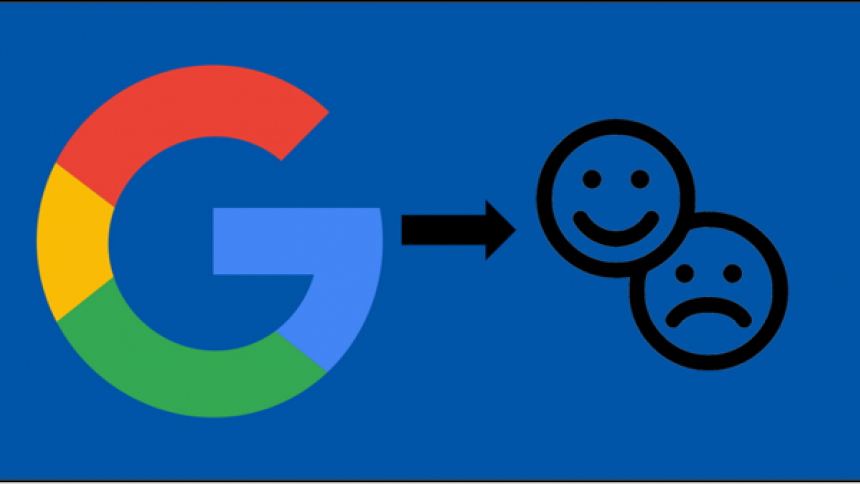
Measure the Quality of your Content with Google’s E-A-T & YMYL
Google has never been completely transparent about their complex search algorithms and how they rank webpages. Marketers and SEO agencies alike have relied on Google’s best practice guidelines and constantly changing recommendations to maximise SEO visibility. To help agencies and marketers, Google recently published ‘’Search Quality Raters Guidelines’’, a document with over 170 pages of conditions and elements that are considered in rating any website’s content on Google. This comprehensive document covers the following areas:
- Page Content Quality Rating Guidelines
- Understanding Mobile User Needs
- Needs Met Rating Guidelines
he above guidelines serve as a reference for search evaluators hired by Google to evaluate and rate web pages on Google search. This article covers the important page content guidelines that will help you evaluate any content, based on the two main factors highlighted, E-A-T and YMYL. They fall under the golden keys of differentiating content as high-quality or low-quality.
EAT & YMYL and their relationship
E‑A-T, which stands for expertise, authority, and trust, is one of the primary signals of quality content and this is featured heavily in Google’s quality document. Your Money or Your Life (YMYL) content is classified and highlighted to be focused with the E-A-T concept.
While the importance of quality content should be given to all types of content or information published, a special focus needs to be given to content that has the potential to impact a person’s future happiness, health, financial stability, or safety, the YMYL pages of websites.
o put it simply, Google wants to make sure websites are producing high quality content for users. For those who do, they will be rewarded with better rankings while other websites with low quality content get less visibility or low rankings, resulting in less traffic.
What are low quality pages?
he following is a screenshot of Google Search Quality Evaluator Guidelines (SQEG) document, section 6.0 “Low Quality Pages”:
Although low quality pages may have been created with the intention of providing information, they may not be satisfying the user intent. Some of these pages are created just to make money. Therefore, as google highlighted multiple times on the guidelines, it is important to create a page with a ‘’beneficial purpose’’.
What are high quality pages?
A high-quality page comes into effect when a beneficial purpose is present, and Google sees the page as achieving that purpose. According to the Search Quality Evaluator Guidelines, high-quality pages are those that have the following:
By creating content that readers want or need, true value is provided and Google rewards these pages with higher rankings in search results.
Producing new content or updating your existing content that aligns with the above characteristics is important for ‘’Your Money or Your Life” or YMYL pages. Google highlights a set of topics or websites that impact a person’s happiness, health, financial stability, or safety as YMYL.
Here’s how Google defines them:
In simple, if your website falls within one of these areas, pay extra attention to your content quality by supporting it with references, expert opinions, and supplementary content that covers multiple subtopics as these pages need to contain the highest levels of E-A-T factors.
Google’s standards are constantly evolving as the expectations and the behaviours of users change on search. Following Google’s guidelines would help you naturally produce content that your target users want.
